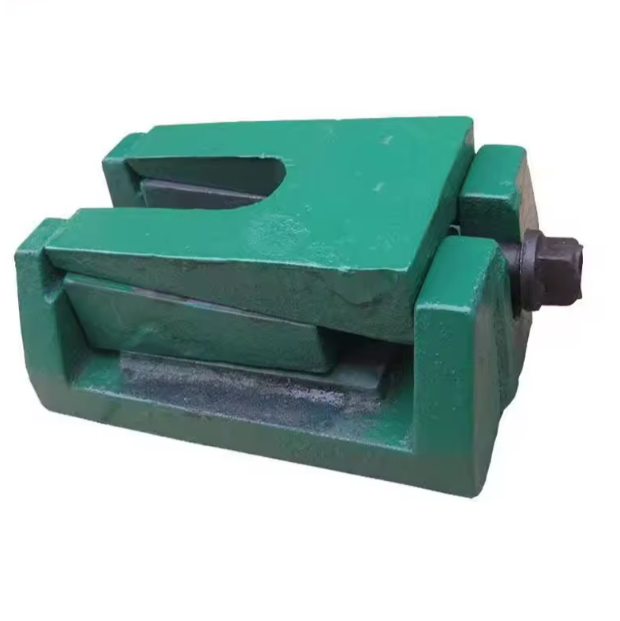ഡിസം . 01, 2024 04:36 Back to list
Understanding Backflow Preventers and Their Importance in Check Valve Systems
Understanding the Importance of Backflow Preventer Check Valves
Backflow preventer check valves are critical components in plumbing and wastewater management systems, ensuring that contaminated water does not flow back into the clean water supply. These devices are essential for maintaining water quality and protecting public health. This article explores the function, significance, and application of backflow preventer check valves in various settings.
What is a Backflow Preventer Check Valve?
A backflow preventer check valve is designed to allow water to flow in one direction while preventing reverse flow. This is particularly important in plumbing systems where the potential for contamination exists due to varying pressures. The device consists of two main components a check valve and a backflow preventer. The check valve opens under normal pressure, allowing water to flow through. In the event of a pressure drop, the valve closes, preventing unwanted backflow.
Why is Backflow Prevention Important?
Backflow can occur due to several factors, including changes in water pressure, pipe bursts, or fire hydrant usage. When this happens, untreated water or other contaminants can enter the potable water system, posing serious health risks. Contaminants may include pesticides, fertilizers, or sewage, all of which can lead to significant public health issues.
Many local regulations, such as the Safe Drinking Water Act in the United States, mandate the installation of backflow prevention systems in various environments, including residential, commercial, and industrial establishments. These regulations underscore the necessity of maintaining clean, safe water sources for communities.
Applications of Backflow Preventer Check Valves
Backflow preventer check valves are used in various applications, each with unique requirements
. Some common applications includebackflow preventer check valve

1. Residential Plumbing In homes, backflow preventers are commonly installed at the irrigation system connections and boilers. This protects household water supply from potential contaminants that might enter during back-siphonage.
2. Commercial Establishments Restaurants, hotels, and any business that uses water-intensive processes must have backflow prevention devices in place. For example, a commercial kitchen's dishwashing area requires backflow prevention to ensure food and beverage quality.
3. Industrial Processes Industries that handle chemicals or hazardous materials must use backflow preventers to ensure that any harmful substances do not contaminate the water supply. This is crucial for both safety regulations and environmental protection.
4. Municipal Water Supply Systems Cities and towns often install backflow prevention devices in water distribution systems, especially where the system interfaces with residential and commercial properties. Preventing backflow in these systems protects the entire community's water supply.
Maintenance of Backflow Preventer Check Valves
Regular maintenance and testing are vital to ensure the proper functioning of backflow preventers. Many jurisdictions require annual testing by certified professionals to ensure the device operates as intended. Failure to maintain these systems can result in contamination, legal penalties, and costly clean-up efforts.
Conclusion
Backflow preventer check valves play an essential role in safeguarding our water supply from contaminants. Their correct installation and maintenance are vital to public health and safety. As we continue to face challenges regarding water quality, understanding and implementing effective backflow prevention measures is paramount. By prioritizing these systems, communities can ensure a safe and clean water supply for all.
-
Why Metric Trapezoidal Thread is Ideal for Precision Motion ControlNewsAug.05,2025
-
The Unique Properties of a Block of Granite for Industrial UseNewsAug.05,2025
-
The Role of Flanged Y Strainers in Preventing Pipeline ClogsNewsAug.05,2025
-
The Importance of Regular Calibration for Master Ring GagesNewsAug.05,2025
-
How a Cast Iron Surface Table Enhances Accuracy in ManufacturingNewsAug.05,2025
-
Comparing Different Check Valve Types for Optimal Flow ControlNewsAug.05,2025
Related PRODUCTS









